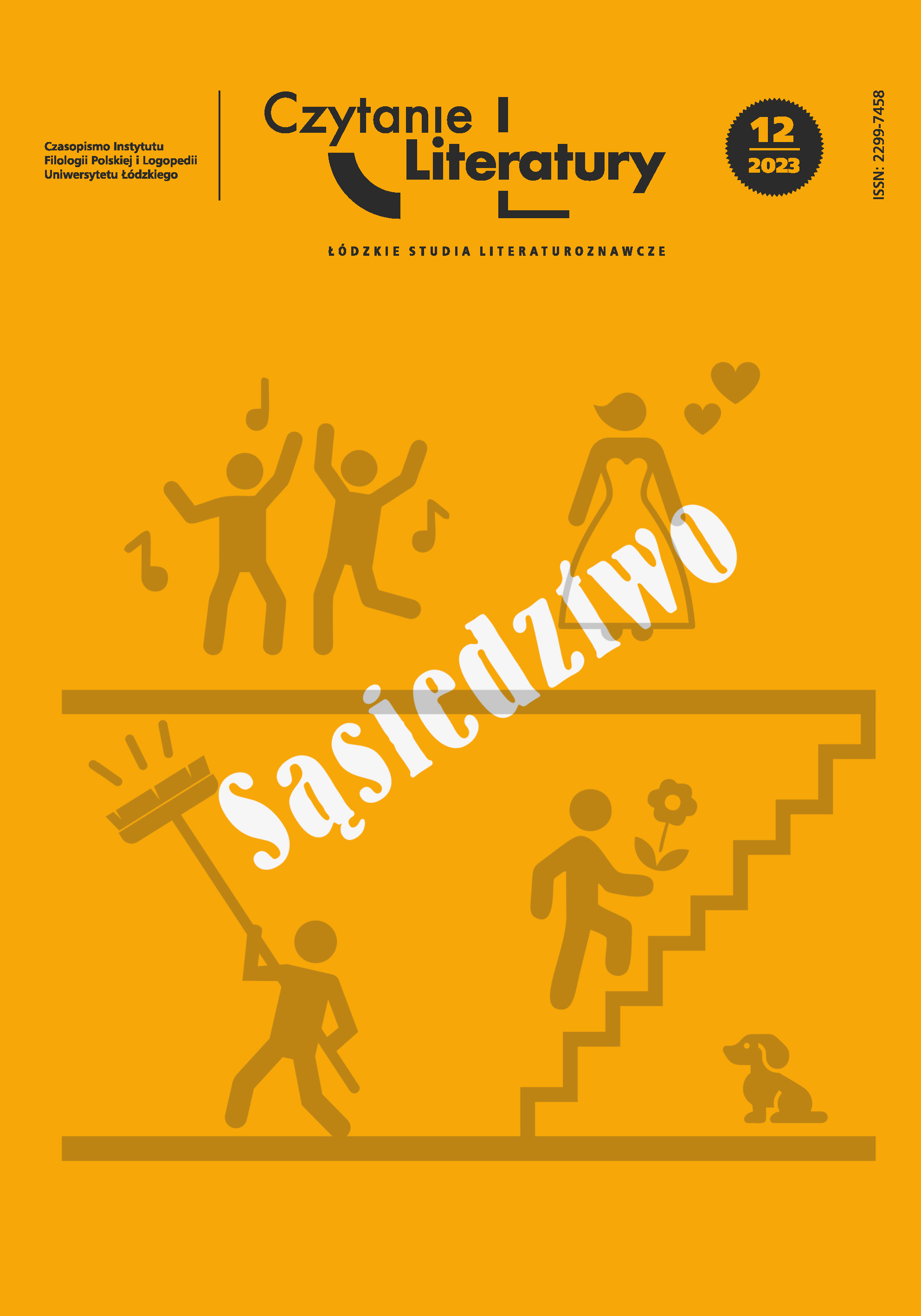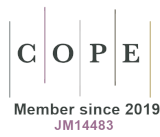Constructs of civilisation and the metaphysics of transfiguration in the work of Romana Kaszczyc
DOI:
https://doi.org/10.18778/2299-7458.12.11Keywords:
Romana Kaszczyc, ecopoetics, borderlandsAbstract
Romana Kaszczyc – an artist concerned with nature, borderlands, peripheries, the West Pomeranian and Lubusz lands, the Barlinecka Wilderness – dissolves in her work the ontological dimension of borders, while bringing into play the perspectives of neighbourhood relations, interdependence and diversity. Wilderness endures, irrespective of the conventional borders marked on the administrative map of Poland. However, it is also worth raising the question of whether culture is becoming – by greedily expanding its territory – nature’s neighbour, or perhaps its oppressor? In her work, Roma Barlinecka creates a world in which social patterns and roles become a prison. Whereas, the coexisting binary reality of night and day, darkness and illumination, life and death is metaphysical in the artist’s eyes. Thus, is the border transcendent, epistemological and independent of man? Above all, I would not only like to commemorate a worthy artist who consciously chose to live in the borderlands, but also to look at the border itself, and how antagonisms between culture and nature, centre and periphery, global recognition and regionality are generated and constituted.
Notwithstanding the goals above, the main research objective is to develop an interpretation of selected culture-themed texts by Romana Kaszczyc in the light of considerations of the semantic experience of the borderland. I will present a critical study of literary and plastic works from a neo-regional and ecocritical perspective. The interpretations shall induce deliberations on neighbourhood relations, border and ecocide. Research inspirations will be drawn from the scholarly output of, among others: Julia Fiedorczuk, Aleksandra Ubertowska, Tatiana Czerska, Elżbieta Rybicka.
Downloads
References
Barba E., Canoe z papieru. Traktat o Antropologii Teatru, przeł. L. Kolankiewicz, D. Wiergowska-Janke, Wrocław 2007.
Google Scholar
Czerska T., Post-koiné, czyli Anity Jarzyny projekt krytyki nieantropocentrycznej, „Porównania” 2021, nr 1 (28).
Google Scholar
Fiedorczuk J., Beltrán G., Ekopoetyka / Ecopoética / Ecopoetics, Warszawa 2020.
Google Scholar
Grotowski J., Akcja, [w:] Antropologia widowisk, red. L. Kolankiewicz, Warszawa 2010.
Google Scholar
Janion M., Druga i trzecia generacja romantyków: biografia i geografia, [w:] Biografia – geografia – kultura literacka, red. J. Ziomek, J. Sławiński, Wrocław 1975.
Google Scholar
Jarzyna A., Post-koiné. Studia o nieantropocentrycznych językach (poetyckich), Łódź 2019.
Google Scholar
Kaszczyc R., Imię czasu, Gorzów Wielkopolski 1996.
Google Scholar
Kaszczyc R., Nie naprawiajcie zegara, Szczecin 2002.
Google Scholar
Madejski J., Wstęp. Przewodnik, bedeker, poradnik i geoliteratura, Szczecin–Kraków 2019.
Google Scholar
Nikitorowicz J., Pogranicze, tożsamość, edukacja międzykulturowa, Białystok 1995.
Google Scholar
Romana Kaszczyc. 40 lat pracy twórczej, Barlinek 2005.
Google Scholar
Rybicka E., Od poetyki przestrzeni do polityki miejsca. Zwrot topograficzny w badaniach literackich, „Teksty Drugie” 2008.
Google Scholar
Siewior K., Kompleks Anteusza. O starym i nowym regionalizmie, „Teksty Drugie” 2019, nr 2. https://doi.org/10.18318/td.2019.2.10
Google Scholar
Sigva R. M., Stawanie się człowieka pogranicza, „Annales Universitatis Mariae Curie-Skłodowska. Sectio J. Paedagogia-Psychologia” 2020, nr 5. https://doi.org/10.17951/en.2020.5.359-372
Google Scholar
Słomka J., Zmarła Romana Kaszczyc, „Kurier Szczeciński”, https://24kurier.pl/aktualnosci/wiadomosci/zmarla-romana-kaszczyc/ [dostęp: 29.06.2023].
Google Scholar
Turner V., Proces rytualny, przeł. E. Dżurak, Warszawa 2010.
Google Scholar
Ubertowska A., Historie bioetyczne. Pomiędzy estetyką a geotraumą, Warszawa 2020.
Google Scholar
White K., Poeta kosmograf, przeł. K. Brakoniecki, Olsztyn 2010.
Google Scholar
Downloads
Published
Versions
- 2024-02-09 (2)
- 2023-12-21 (1)
How to Cite
Issue
Section
License

This work is licensed under a Creative Commons Attribution-NonCommercial-NoDerivatives 4.0 International License.










